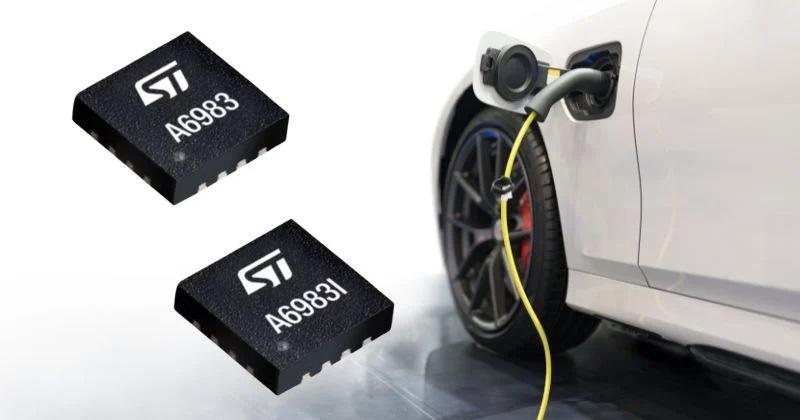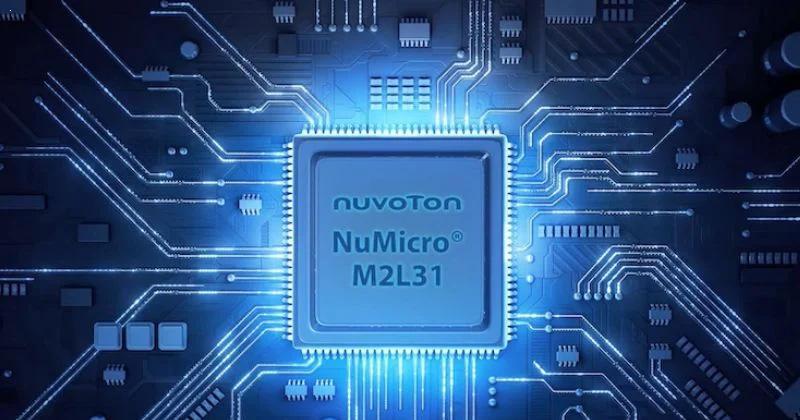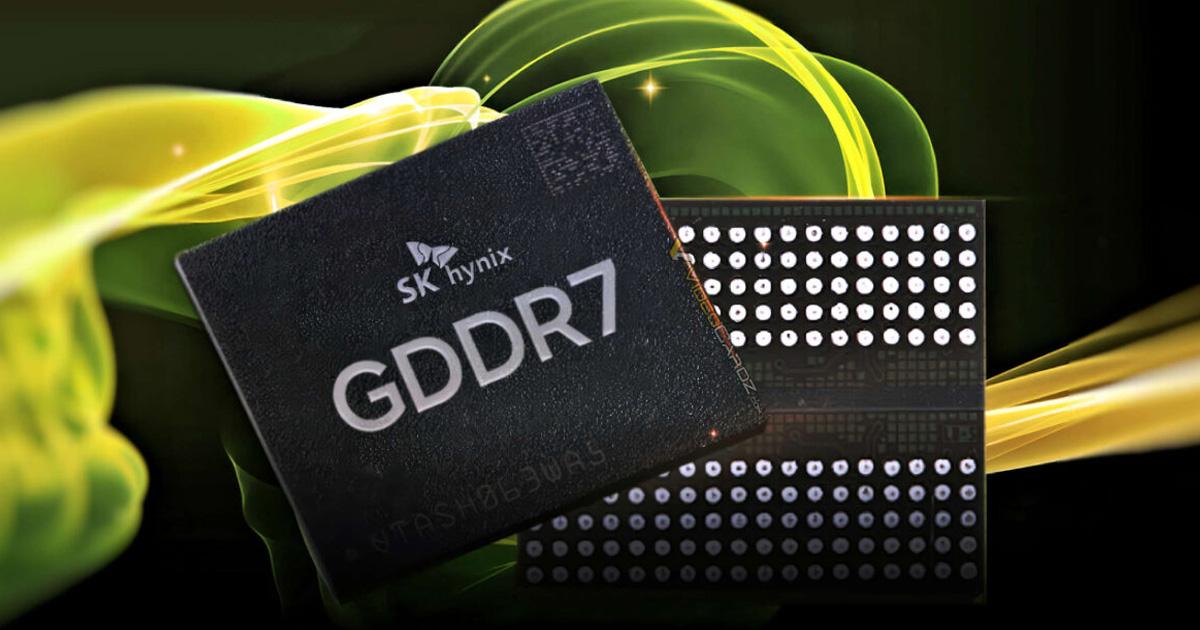
SiTime Introduces ‘Smallest and Lowest Power’ 32 kHz Crystal Oscillator
SiTime claims it has developed the industry’s smallest and lowest power 32.768 kHz crystal oscillator (XO) to address the timing requirements of ever-shrinking mobile products. At 1.2 mm x 1.1 mm x 0.55 mm, the SiT1811 is 30% smaller than competing oscillators. Further, it breaks ground in power reduction with a 510 nA current draw (typically < 0.6 µW). The SiT1811 operates at 32.768 kHz with an integrated phase jitter (IPJ) of 3 ns RMS. The XO is accurate to ±20 ppm (about 1.7 seconds per day). SiTime says the XO is well suited to low-power devices with an operating voltage range of 1.35 V to 1.98 V.
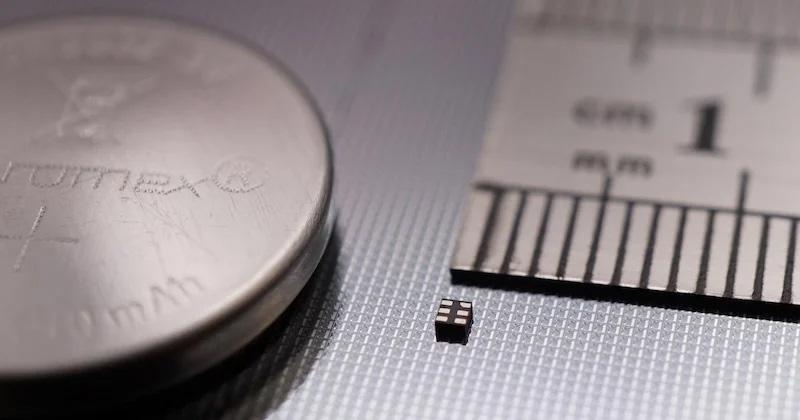
The smallest-in-class SiT1811 crystal oscillator
As a powered oscillator, the SiT1811 can reduce the parts count from crystal- or resonator-driven timing circuits since it does not require external components. It can drive multiple loads—up to a 100 pf load—for systems that require more than one crystal. The oscillator is a robust device with a mean time between failures (MTBF) of more than two billion hours (228,310 years). As a mobile-targeted component, the SiT1811 features a mechanical shock resistance of 20,000 g and vibration resistance of 100 g—both best-in-class specifications.
Silicon MEMS Trumps Quartz in Many Ways
The SiT1811 (datasheet linked) uses silicon MEMS resonating devices instead of quartz crystals. Quartz crystals increase in size when frequency decreases, making them prohibitive for the smallest time-based 32 kHz applications. The silicon MEMS device, on the other hand, does not have such an inverse size-to-frequency characteristic. As a MEMS device, it is extremely small and requires minimal power, enabling the use of ultra-small QFN packaging.
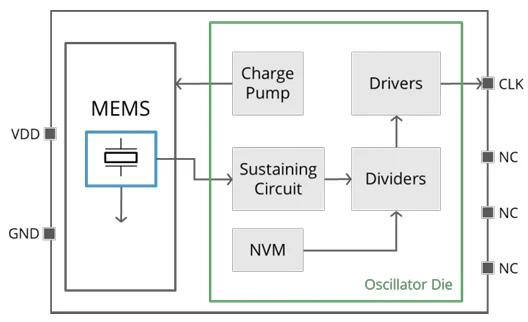
The internal architecture starts with a small silicon MEMS resonator.
While we may hear more about clock sources in the MHz and GHz range, the 32.768 kHz clock source is the basis for real-time clocks (RTC) and a staple for most devices that require timekeeping. 32.768 kHz is exactly 215 (32,768) clock cycles per second, which is easily converted to real-time with a microcontroller or other digital circuit. The part comes in a six-pin QFN package with three NC pins: VDD, ground, and clock out. The circuit layout is not overly critical. However, due to the small size of the QFN package, the footprint, solder pad, and near-part routing guidelines must be adhered to for reliable assembly.
For a More Portable World
Just about any device that requires timekeeping needs an RTC. While most wireless devices periodically sync their time with the global time standard, they still need an RTC between external time checks. An accurate internal RTC saves power and processing cycles by reducing the number of necessary sync-ups.
Wearable devices are one of the key target applications of the SiT1811. Products such as stick-on medical monitors, smartwatches and other wrist-worn devices, and tracking tags all require accurate timekeeping, extremely small packaging, and very low power drain. Coin cell devices and those that run on small rechargeable batteries don’t have many microwatts to spare. This device hits on all of the key requirements: size, power, and accuracy.
SiTime is targeting the device for applications such as gaming controllers, smartphones, smart wearables, smart tags, and more. While the targeted applications are typically small, power-constrained devices, the XO has the reliability and accuracy to be used in larger devices as well. Samples of the SiT1811 are available now.


